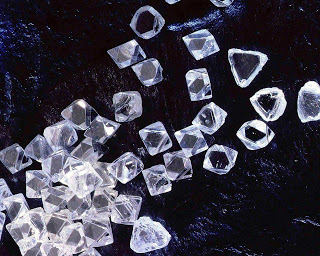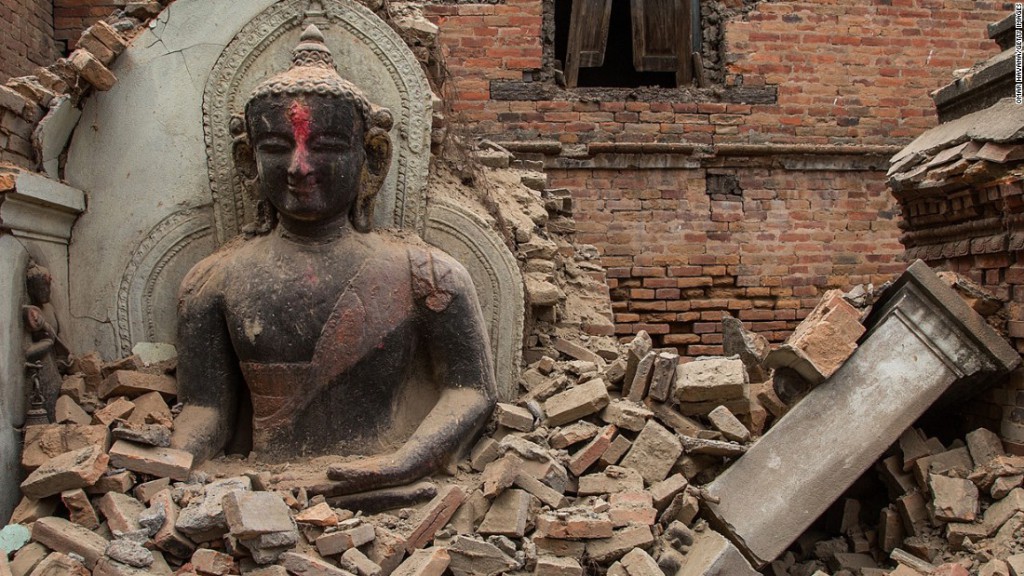In recent studies, scientists have discovered that diamonds crystallize from ancients saltwaters going back as far as 200 million year ago and plan on using this information to help figure out how exactly diamonds form. If found, it would be paramount for the diamond industry and might eliminate the infamous “blood diamonds” as this has been causing damages for decades.
 Geochemist at Columbia University, Yaakov Weiss says, “We can look at diamonds as time capsules, as messengers from a place we have no other way of seeing.” This is an interesting way to conceptualize the expensive precious stones that have been a symbol of affluence as long as time.
Geochemist at Columbia University, Yaakov Weiss says, “We can look at diamonds as time capsules, as messengers from a place we have no other way of seeing.” This is an interesting way to conceptualize the expensive precious stones that have been a symbol of affluence as long as time.
Researchers hypothesize that the gems begin to crystallize from the extraordinary heat and pressure in the Earth’s mantle layer located about 90 to 100 miles below the surface. The deepest diamond found came from 430 miles below the surface. Volcanic action and eruptions bring the precious stones to the surface with some dating back as far as 2.1 billion years ago. They surface in rock formations called kimberlites. Of about 2,000 known kimberlites, only around 60 were worth mining.
It is believed that diamonds crystallize in these conditions with the aid of a fluid though it hasn’t been proven or agreed upon on what exactly that fluid is. Many agree that both poor and high quality diamonds from this same fluid though. Weiss commented, “Personally, I am among those that think that most diamonds form in a similar way.”
In the Ekati Diamond Mine located in Canada, geochemists have been studying and analyzing fluid inclusions in the formation of diamonds in hopes to discover what the mystery fluid is that the changes their structure. The diamonds used for this process are usually flawed with impurities. Eleven fibrous (multilevel) diamonds were used to conduct their study. What they found was that the fluid was salty and filled with sodium, chlorine, and potassium. All the characteristics of seawater.
This “seawater” could be evidence that the Earth’s oceanic crust is having a chemical reaction and creating a mixture with solid rock, allowing the diamonds to crystalize. Although more study and examination is necessary, this information could also mark a change and create a new wave in mining. This could also spark a boost in the declining market.



 Pageants are renowned for churning out crown-worthy queens, each with their own “personal mission” to answer the many questions thrown at them during the Q&A portions of their competition. Topics range from solving world hunger, to fighting the AIDS epidemic, but few winners make good on their promises to change the world. McAlester’s pageant winner, Sanders, is looking to change that tradition.
Pageants are renowned for churning out crown-worthy queens, each with their own “personal mission” to answer the many questions thrown at them during the Q&A portions of their competition. Topics range from solving world hunger, to fighting the AIDS epidemic, but few winners make good on their promises to change the world. McAlester’s pageant winner, Sanders, is looking to change that tradition.






